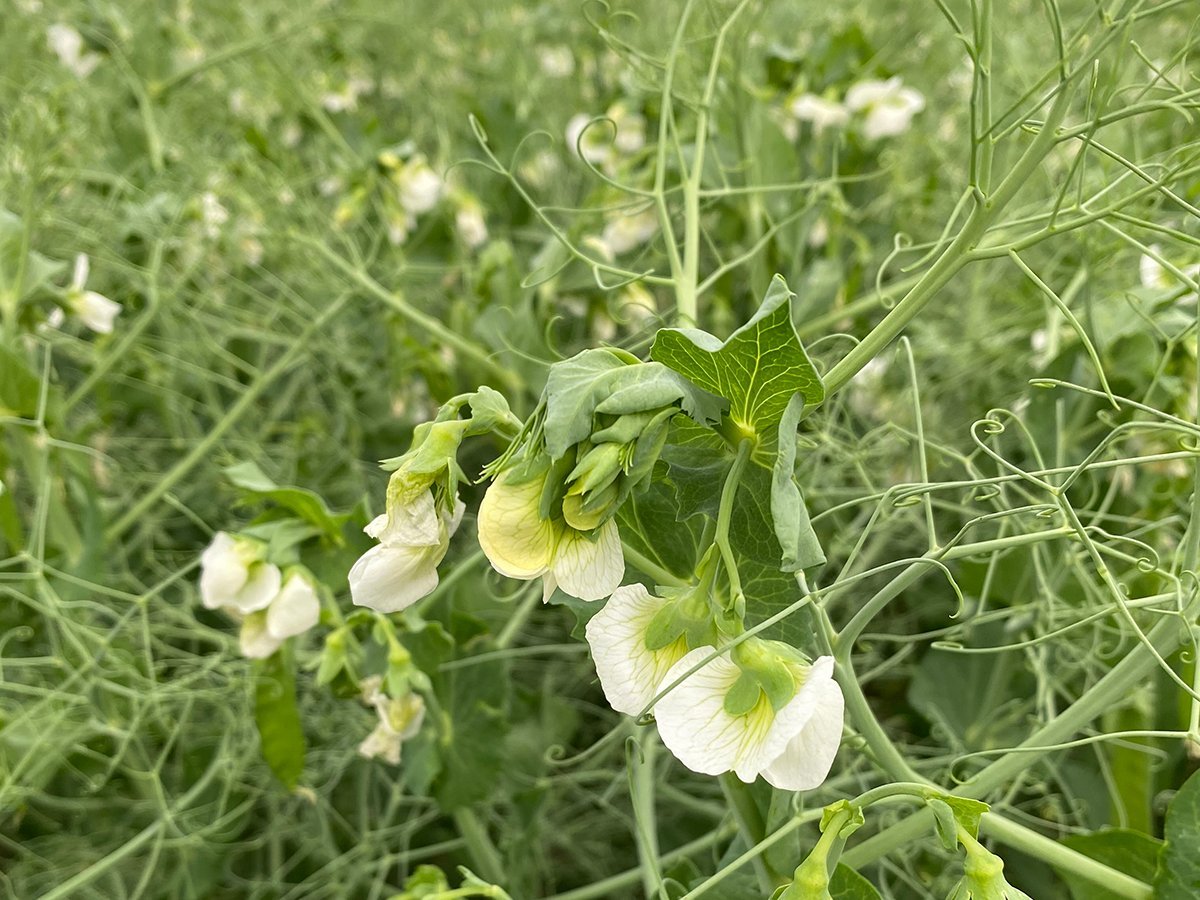Hot summer drives and cold winter hauls affect pigs, but not as much as where they’re standing in the trailer.
That confounds the common sense assumptions that researchers made when they started studying the effects of transport on market hogs, researcher Jennifer Brown told the Manitoba Swine Seminar Feb. 5.
“We certainly expected to see more effects due to that long transport, but it was more important where the pigs were on the trailer than how long they were transported,” said Brown, who works for the Prairie Swine Centre near Sask-atoon.
Read Also

Crop quality looks good this year across Prairies
Crop quality looks real good this year, with the exception of durum.
Researchers wanted to better un-derstand how short, medium and long hauls of market hogs during both summer and winter conditions affect animal welfare and meat quality.
Pigs were shipped for six, 12 or 18 hours and the carcasses examined to find the impact.
There were noticeable hot and cold weather differences. Loading in summer doubled pigs’ heart rates, especially for those in the “bottom nose” compartment. Long hauls in winter hurt meat quality.
However, another study found bigger differences as a result of the position in the trailer than the time of year. Pigs in some compartments were much more likely to have meat quality problems, showing they felt stress in that place.
“We noticed in the course of this research that there are significant compartment differences, and this was a bit of a surprise for us,” said Brown.
“The compartment differences were more significant than those six, 12 and 18 hour transports.”
Brown said hog farmers, truckers and packers should look at improving trailer design so that pigs don’t feel stress just because of the space they’re in.
Something about some places causes stress, which can perhaps be eliminated.
“We would like to do additional work looking at the vibration characteristics, especially in some of the rear compartments,” said Brown.

















